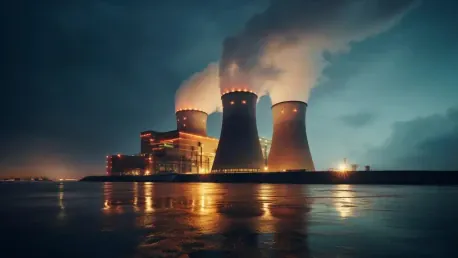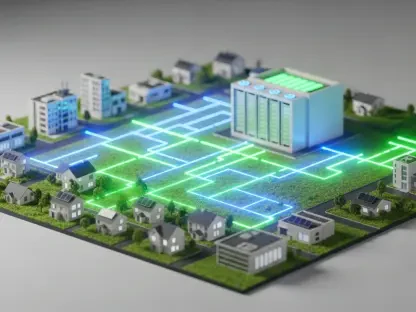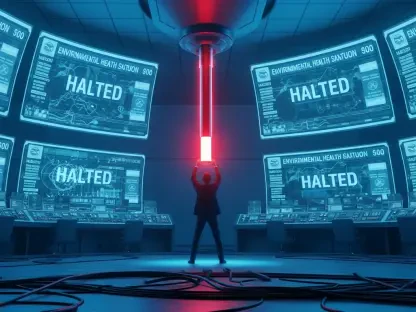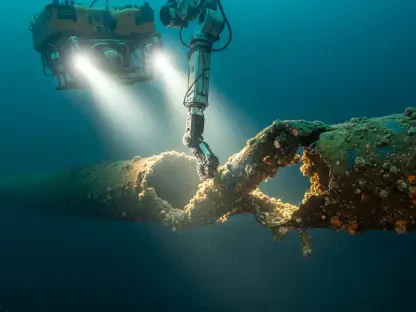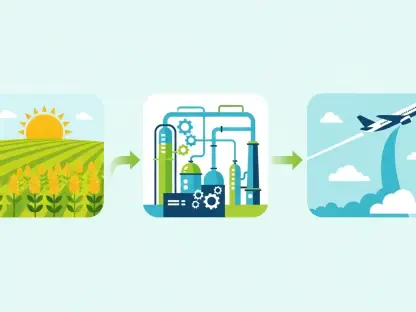Christopher Hailstone has extensive experience with energy management, renewable energy, and electricity delivery. He is also our utilities expert and provides valuable insights on grid reliability and security. Today, he discusses advancements in extracting lithium-6, a vital component for nuclear fusion reactors.
Could you explain why lithium-6 is so important for nuclear fusion reactors?
Lithium-6 plays a crucial role in nuclear fusion reactors because it is used to generate tritium, the most common fuel for fusion. When lithium-6 is bombarded with neutrons, it produces tritium. As fusion technology advances, the demand for lithium-6 will increase significantly, requiring hundreds of metric tons to power future reactors.
Why was the established process to obtain lithium-6 banned in the US?
The traditional process to obtain lithium-6 was banned because it produced harmful mercury waste. This process relied on the solubility differences between lithium isotopes in liquid mercury, leading to environmental and health hazards. The US banned this method in 1963 due to these concerns.
Can you describe the new electrochemical route your team developed to extract lithium-6?
Our new electrochemical route avoids the use of toxic mercury by selectively extracting lithium-6 from aqueous solutions of lithium salts. This method uses a polymorph of vanadium oxide, ζ-V2O5, as the cathode material. It works as effectively as the mercury-based process without producing hazardous byproducts, making it safer and potentially more scalable for industrial use.
What is the basic principle behind your new process for separating lithium isotopes?
The new process is based on intercalation, a principle commonly used in lithium-ion batteries. Intercalation involves the insertion and release of lithium ions from a layered cathode material. In our method, ζ-V2O5 serves as the cathode, utilizing its unique tunnel-like structure to selectively trap lithium-6 ions.
What material serves as the cathode in your electrochemical cell, and what are its key structural features?
The cathode material we use is a polymorph of vanadium oxide called ζ-V2O5. Its atomic structure contains long one-dimensional tunnels, which are a few atoms wide. These structural features are crucial for effectively separating lithium-6 from lithium-7 due to the unique ways the isotopes interact with the material.
How does the electrochemical cell selectively trap lithium-6 ions?
The selective trapping occurs because of the different bonding abilities and travel speeds of lithium-6 and lithium-7 ions. Lithium-6, being lighter, rushes into the tunnels of ζ-V2O5 and forms strong bonds, becoming trapped, while the heavier lithium-7 ions migrate more slowly and do not get trapped as effectively.
What happens during the reversal of voltage in the electrochemical cell?
Reversing the voltage in the electrochemical cell releases the trapped lithium-6 back into the solution, thereby increasing its concentration. This enrichment process can be repeated through multiple cycles. Typically, it takes 25 to 40 cycles to reach the necessary enrichment levels of 30-90% lithium-6, depending on reactor design and fuel requirements.
How did your team use X-ray scattering and spectroscopy studies to understand the lithium ion trapping process?
We employed X-ray scattering and spectroscopy studies to delve into the mechanisms of lithium ion insertion and trapping within ζ-V2O5. These studies revealed detailed insights into the bonding and placement of lithium ions within the material’s structure, which were essential for understanding and optimizing the trapping process. This fundamental chemistry was vital for validating our method.
What potential do you see for scaling up this new electrochemical process?
We see significant potential for scaling up this electrochemical process. The method’s scalability relies on the feasibility of large-scale production of ζ-V2O5. The process itself is already amenable to industrial scale, and widespread adoption could pave the way for efficient and mercury-free production of lithium-6, essential for the future of fusion energy.
